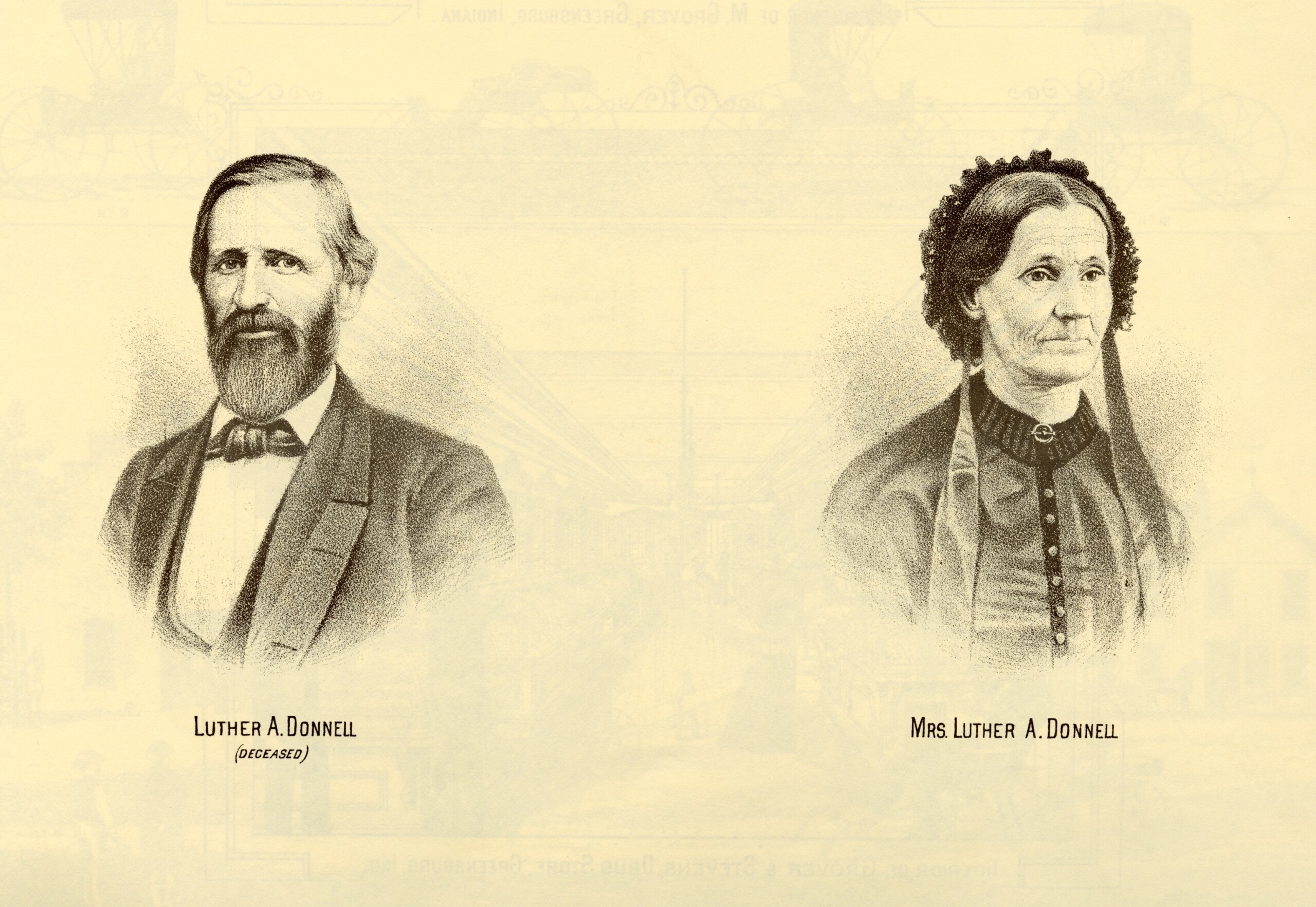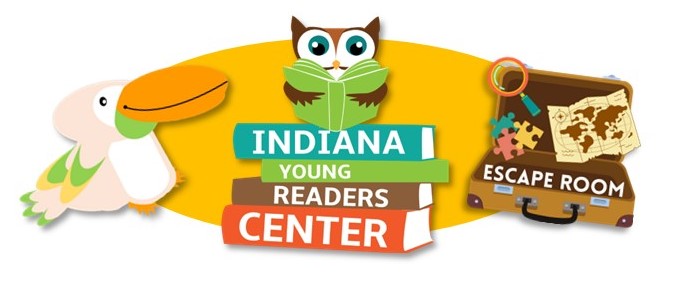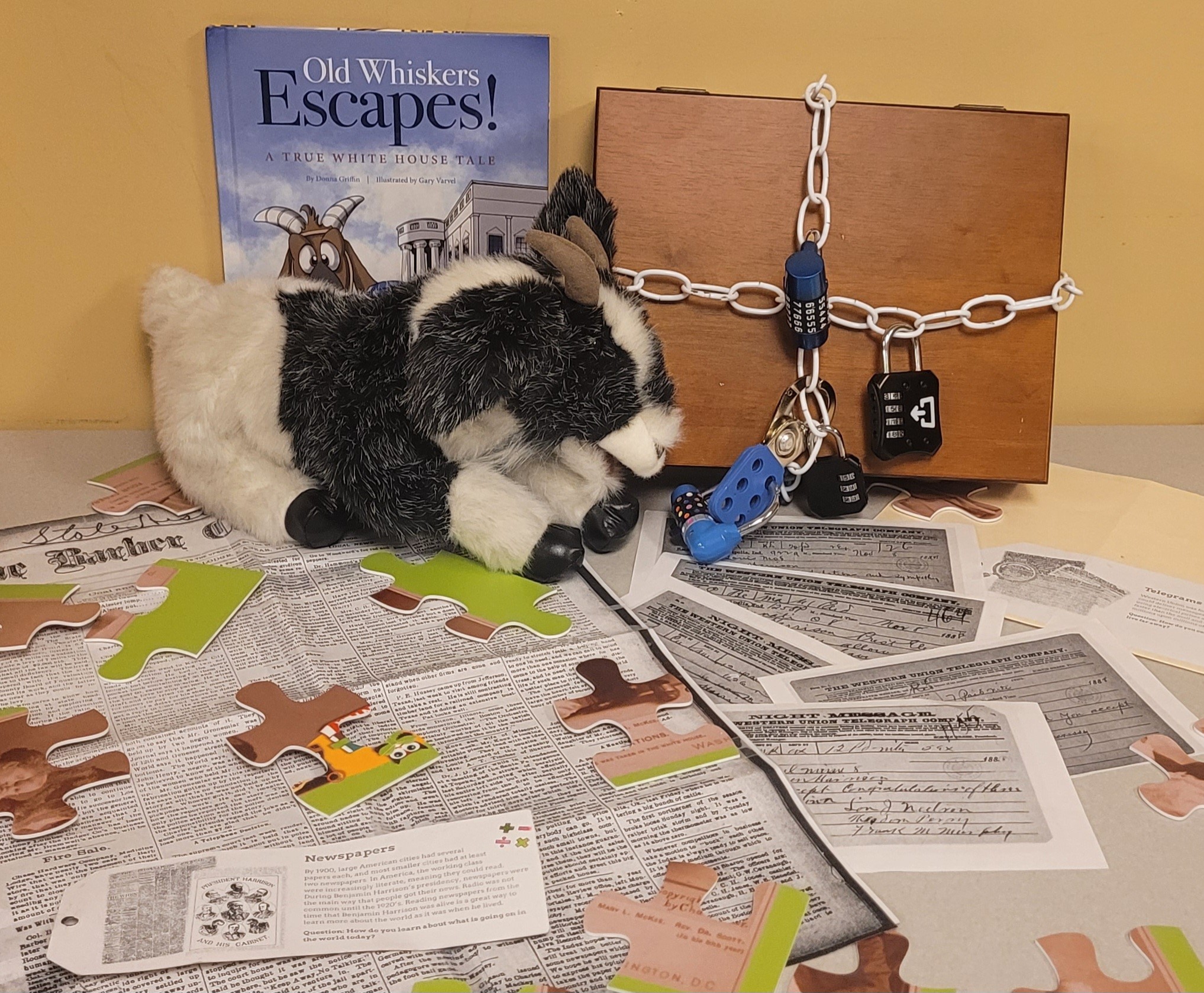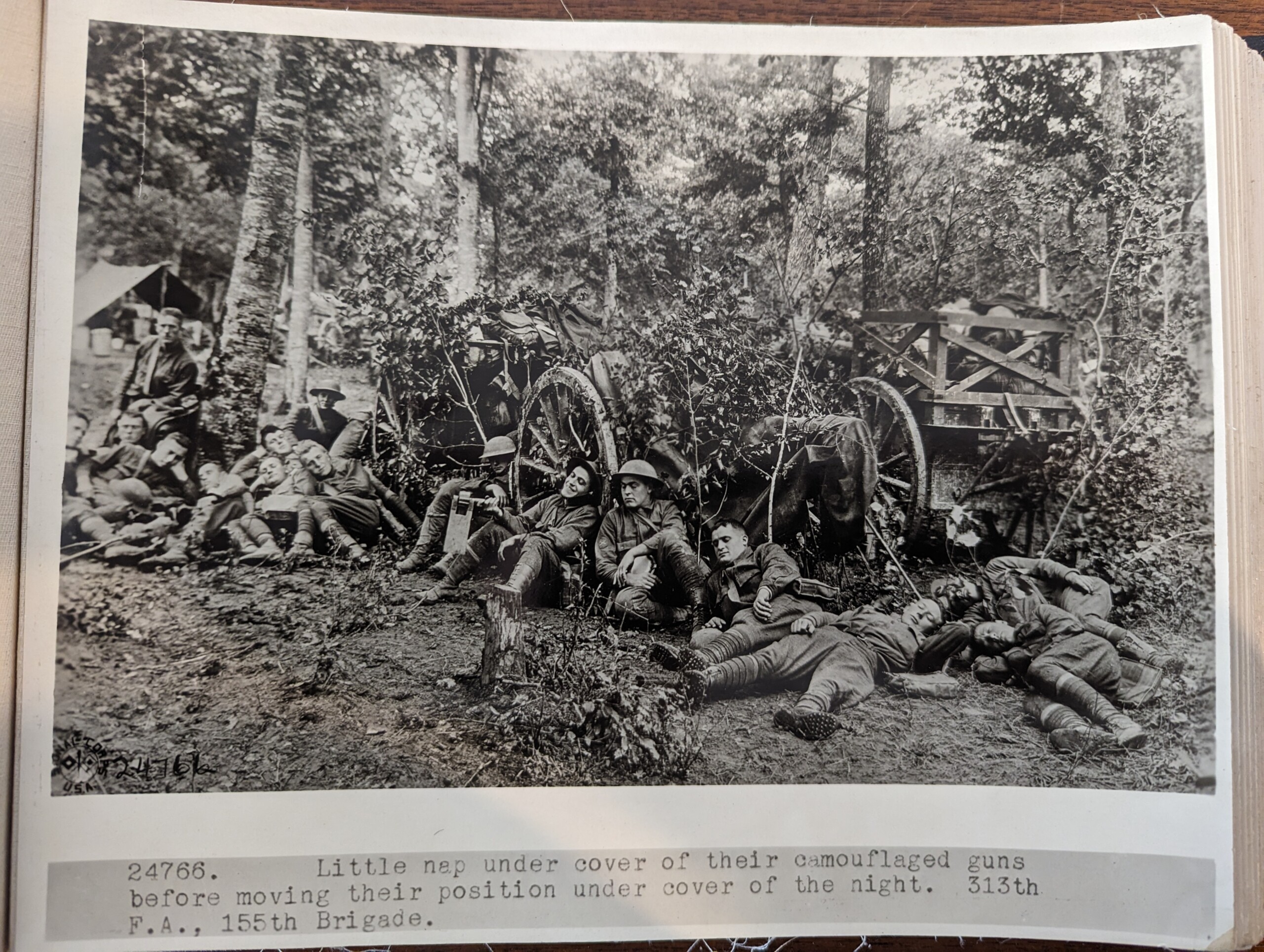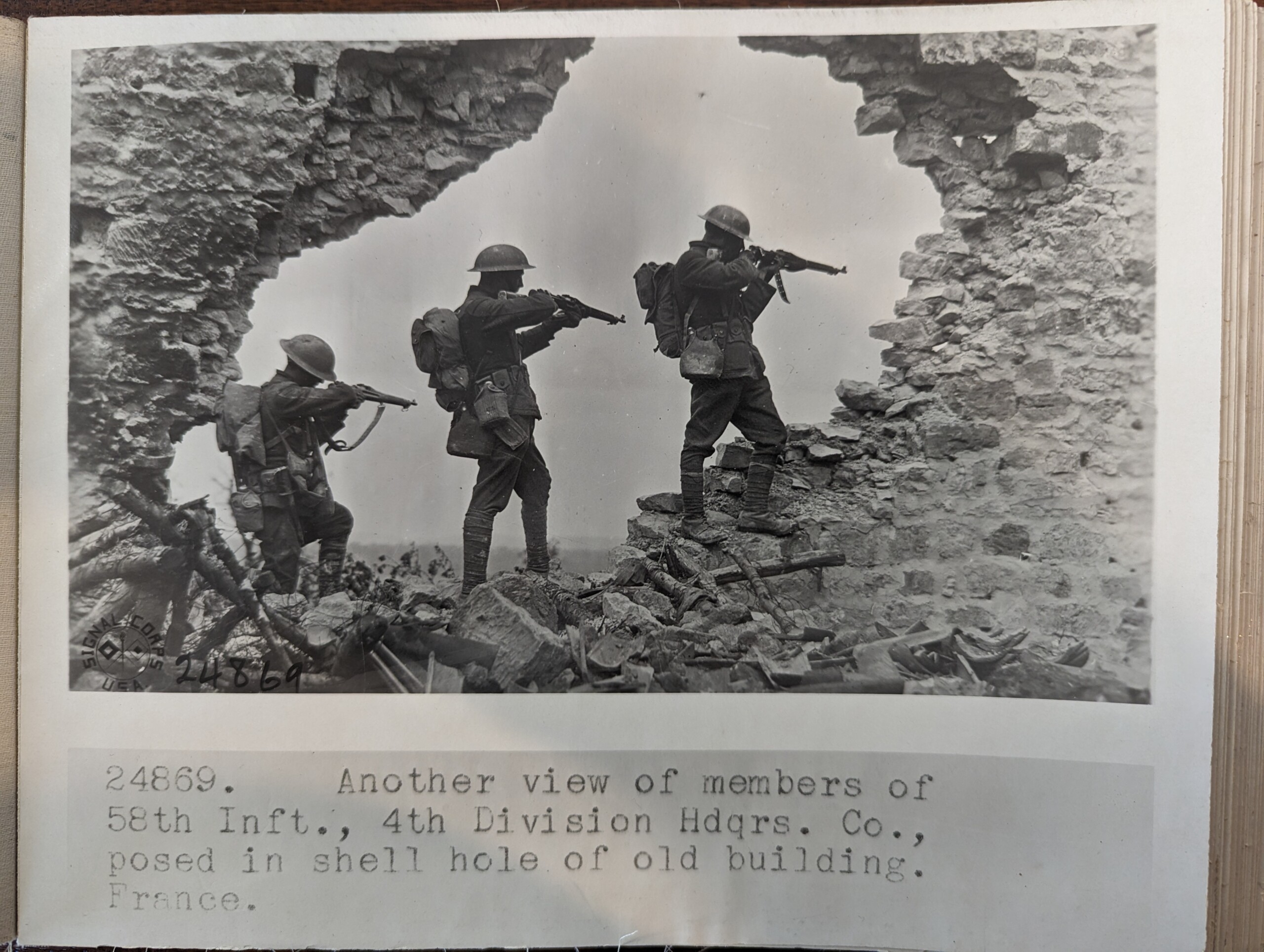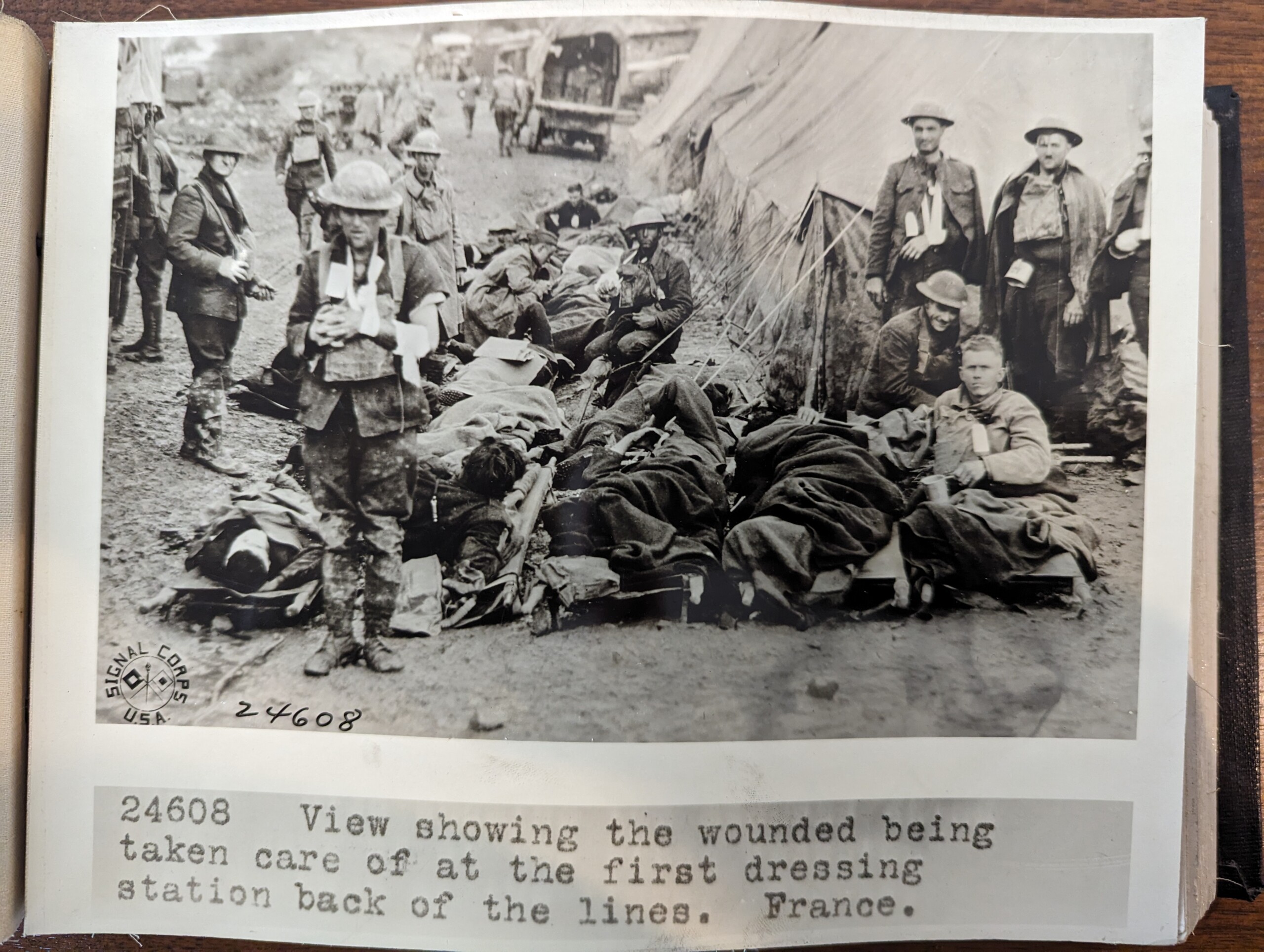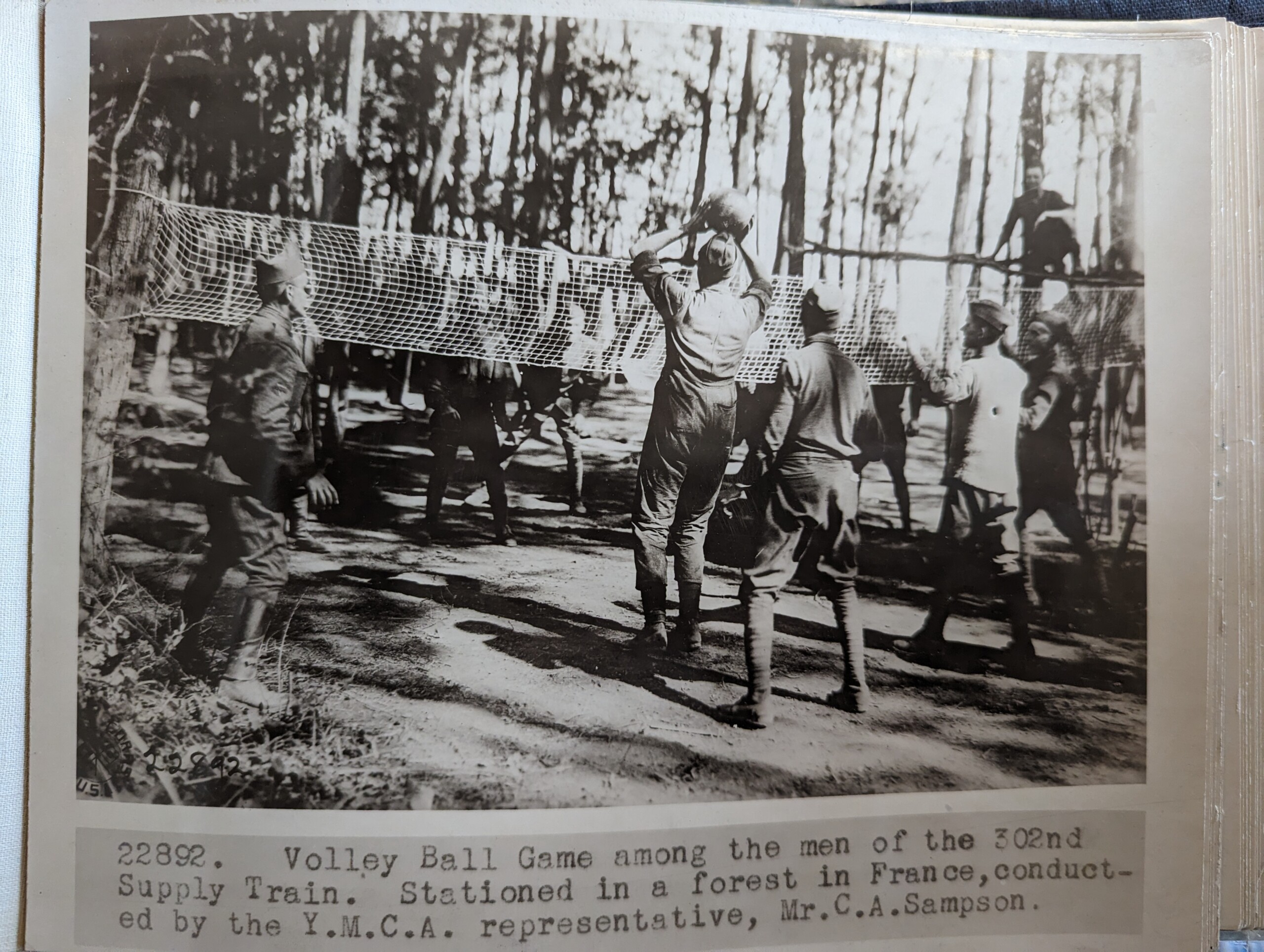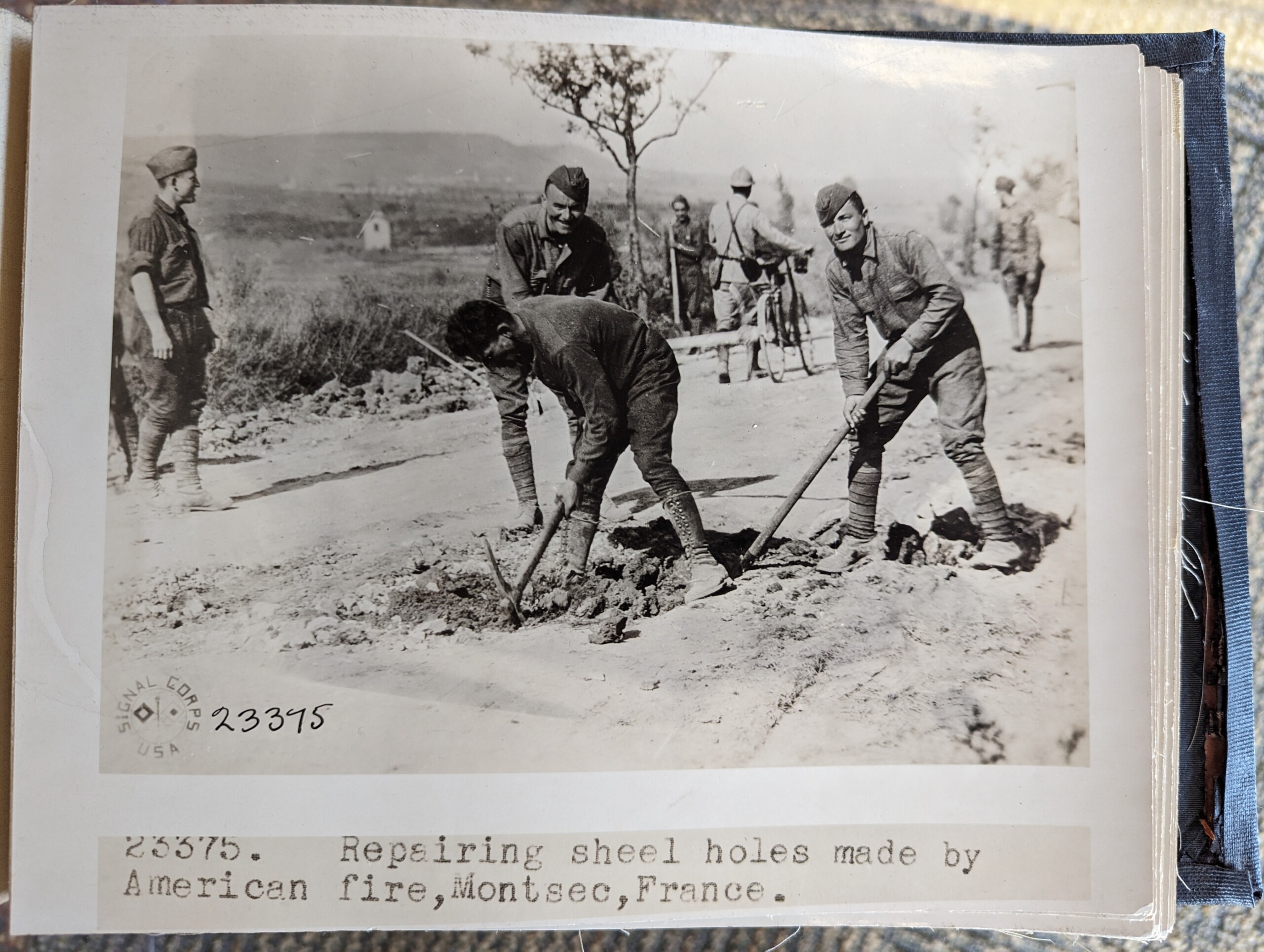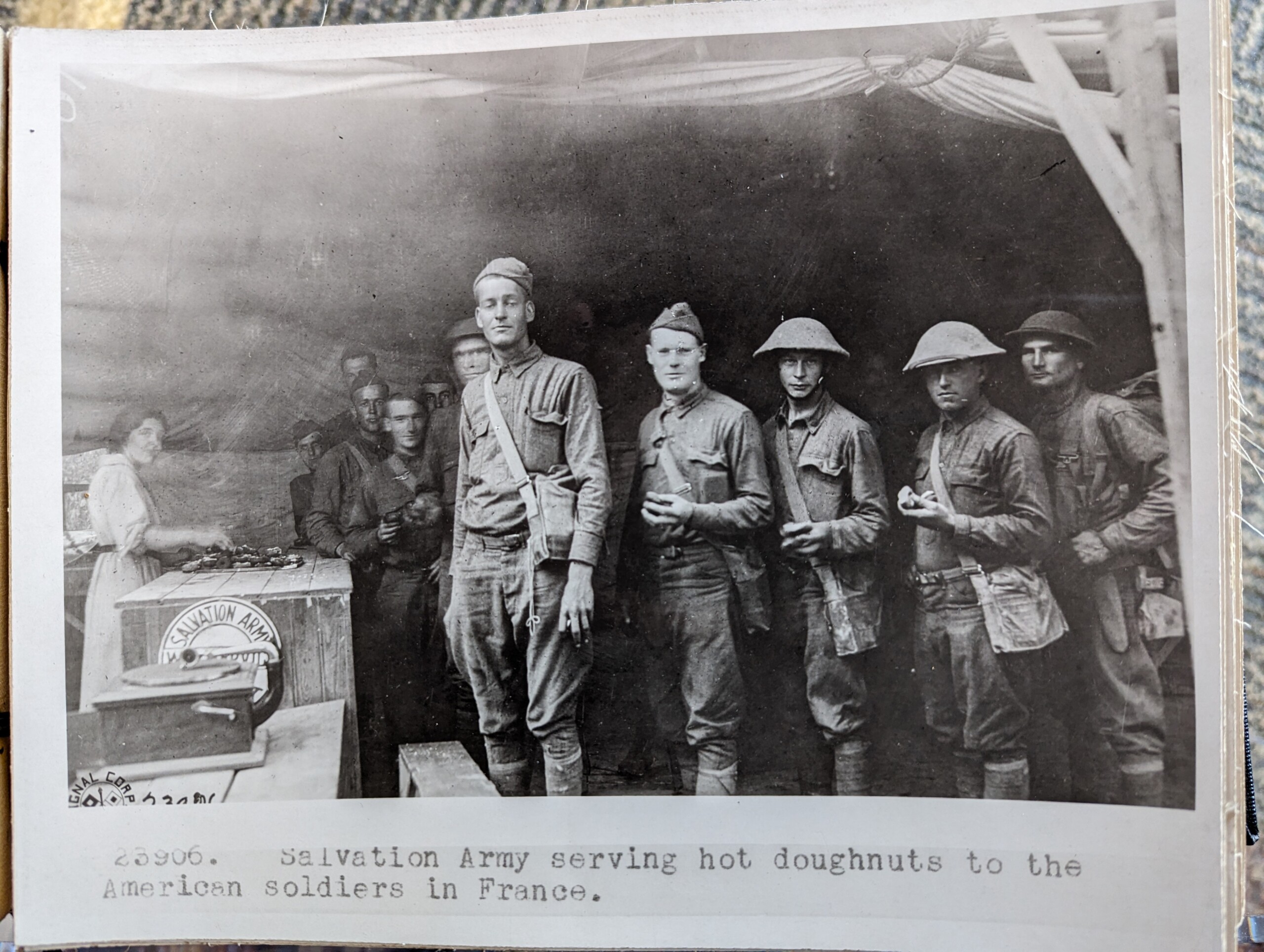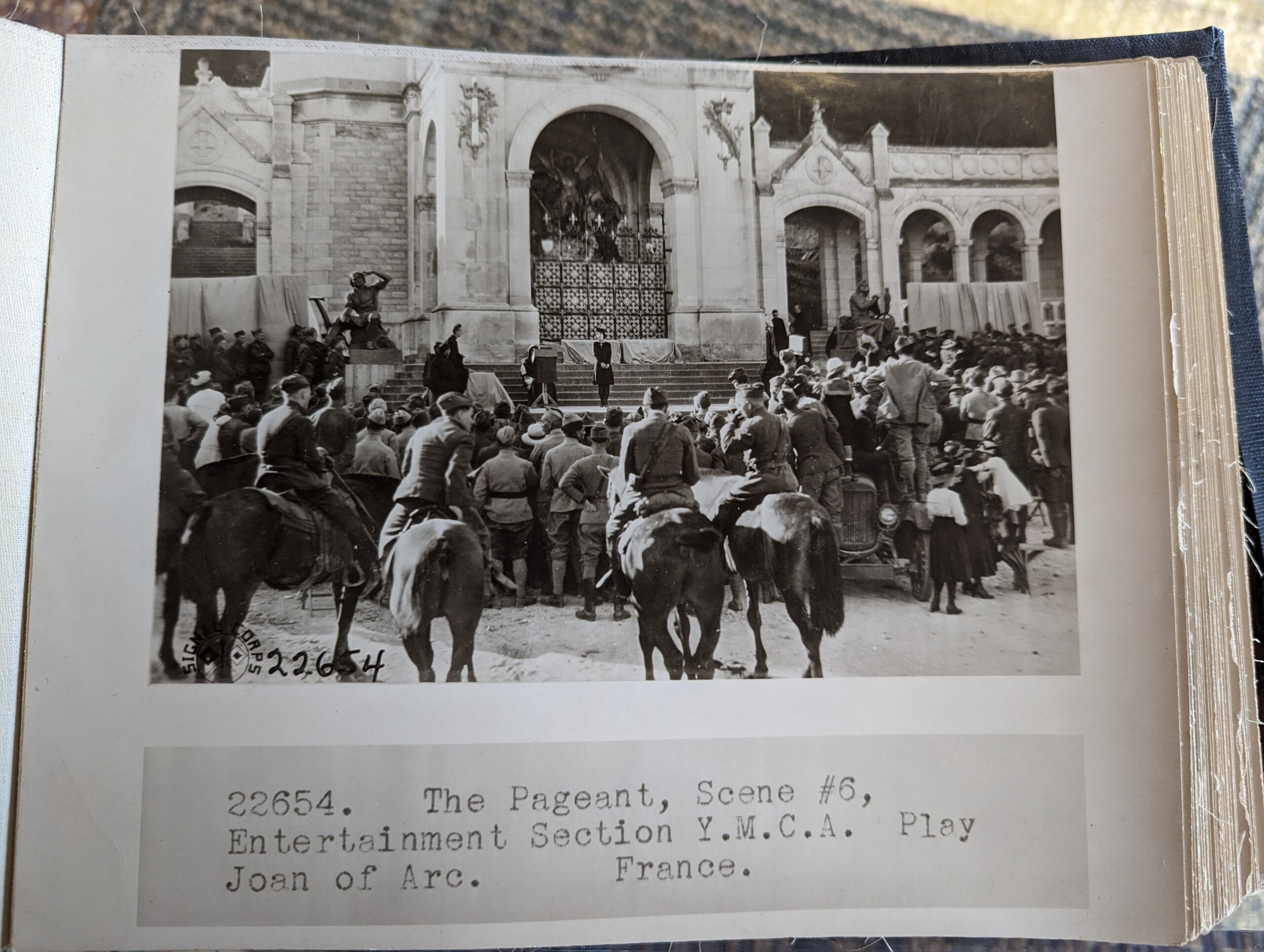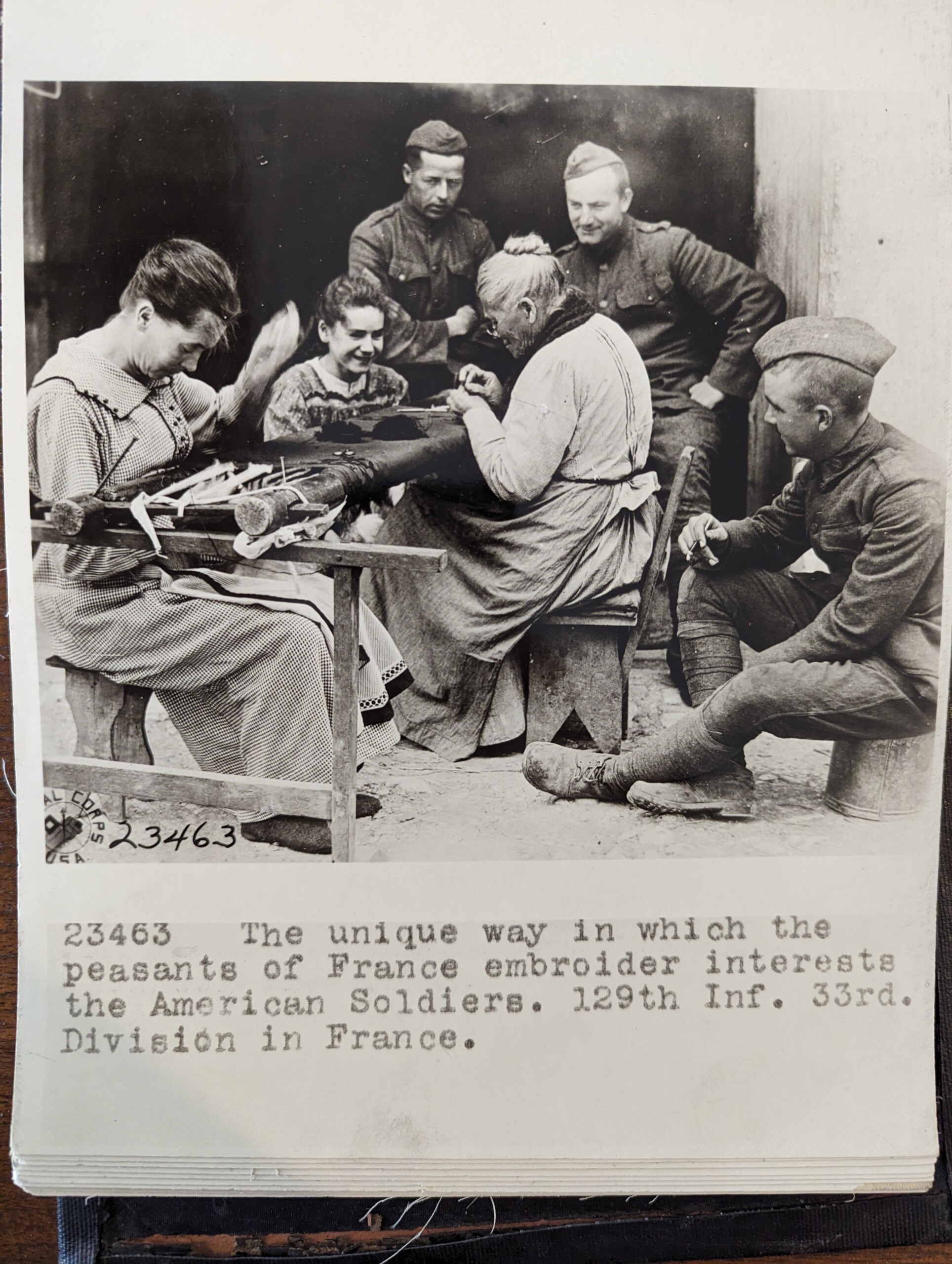The Indiana State Library has announced the renewal of its INSPIRE contract with EBSCO Information Services and TeachingBooks. INSPIRE, Indiana’s Lifelong Learning Library for Hoosiers, is a collection of more than 70 online academic databases and other information resources that can be accessed by Indiana residents at no cost at inspire.in.gov. The new contract enhances INSPIRE product offerings to provide a robust collection of online resources to all residents of Indiana who have internet access at school, home or work.
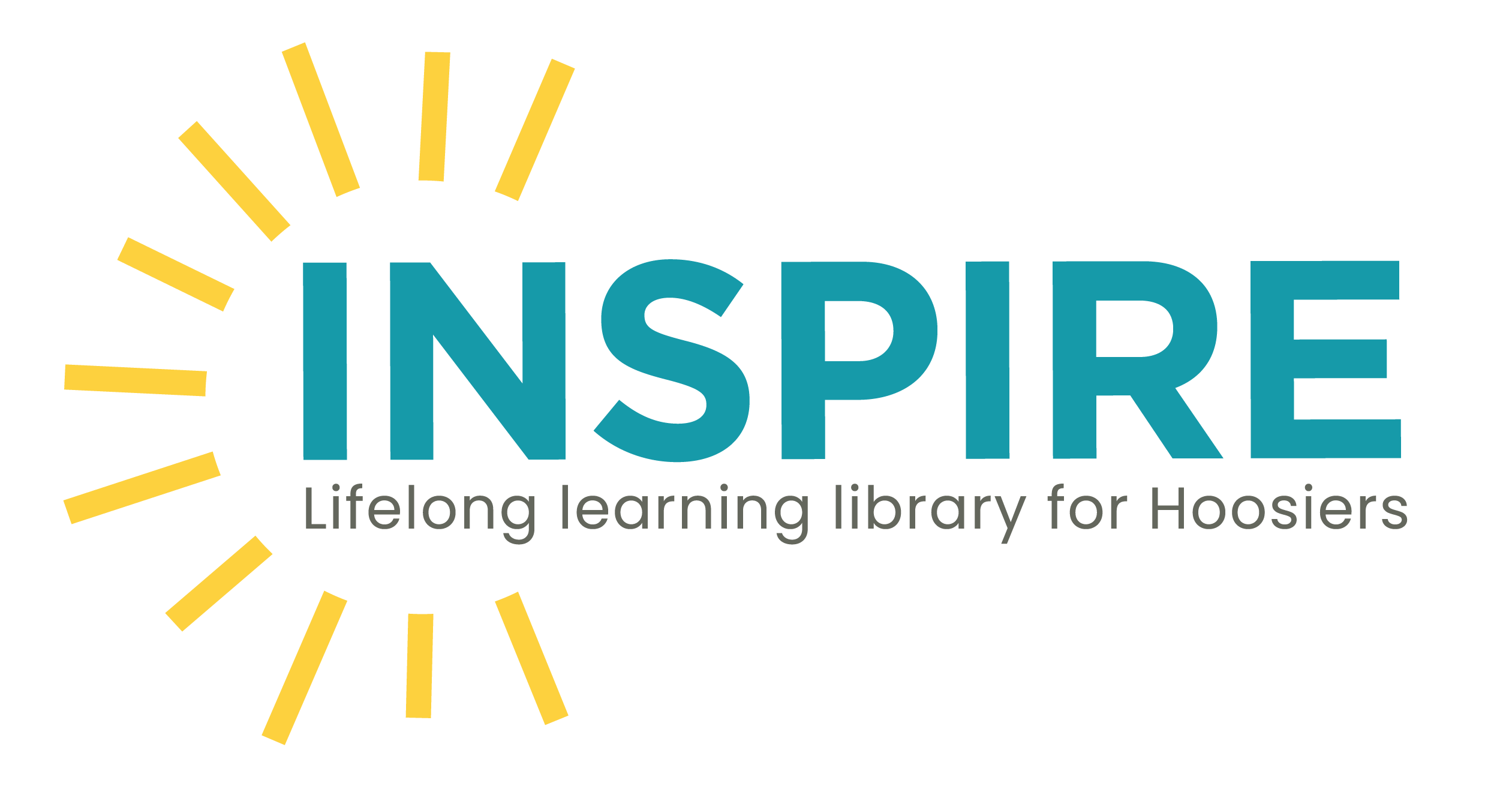 Beginning July 1, residents of Indiana will have access to all EBSCO resources that have previously been available through INSPIRE, as well as a few new databases. Resources span across various research needs offering academic, business and general interest resources, including EBSCO’s distinguished Academic Search Complete™ and Business Source Complete™ resources. EBSCO databases available through INSPIRE also include medical research resources, as well as children’s and teens’ resources, e-book collections, communications and literature resources, newspapers and multilingual materials.
Beginning July 1, residents of Indiana will have access to all EBSCO resources that have previously been available through INSPIRE, as well as a few new databases. Resources span across various research needs offering academic, business and general interest resources, including EBSCO’s distinguished Academic Search Complete™ and Business Source Complete™ resources. EBSCO databases available through INSPIRE also include medical research resources, as well as children’s and teens’ resources, e-book collections, communications and literature resources, newspapers and multilingual materials.
New to the collection, Job & Career Accelerator™ provides job seekers with tools to explore careers, build resumes and find and apply for open positions. Rosetta Stone Library Solution Plus™, an interactive world language immersion program, will also be accessible and includes more than 50 hours of foundational instruction in each level of each language. LearningExpress Library Complete™ is also now part of the collection and provides academic skill-building, test prep and career-related resources.
Additionally, the Indiana State Library has renewed its contract with TeachingBooks, a resource collection that includes author and illustrator interviews, video book trailers, audio book readings, book discussion guides and more. TeachingBooks can be accessed via INSPIRE.
Indiana State Librarian Jacob Speer anticipates continued success with the wealth of resources INSPIRE provides to the residents of Indiana. “We look forward to continuing our relationship with TeachingBooks and EBSCO and to seeing the benefits that our residents gain from the comprehensive collection of resources made available to encourage lifelong learning,” Speer said.
This blog post was submitted by John Wekluk, communications director.

